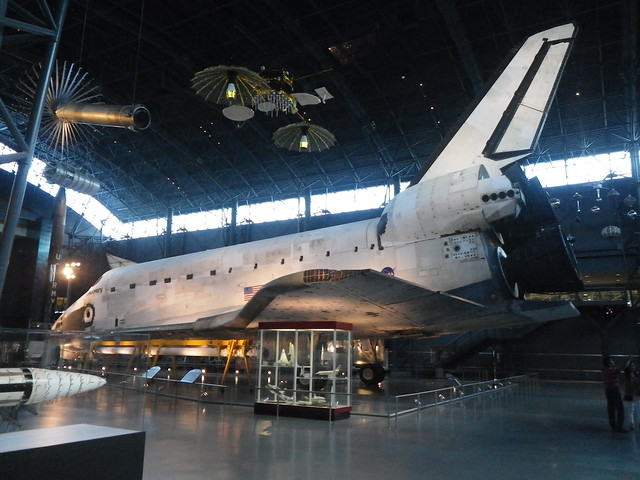Homeschool friends have been asking me what we liked or did not like about our visit to D.C., so this is an overview/review of some of the many things we crossed off the “to do” list for a visit to our nation’s capital. (Look for place names in bold type.)
The good news is that you can still visit our nation’s capital by water. The bad news is that the whole waterfront area on the Washington Channel is under construction, to be finished in 2017. The Capital Yacht Club is a down-to-earth, friendly place that accepts transients and allows full access to their club, showers, laundry room, mail room, etc. They’ve moved from their original building (which has been torn down), but are back up and running with new floating docks just a few blocks south in a nice, although temporary, place, while they wait for the new yacht club to be built. It’s a great location; the Mall, Memorials, Metrorail stations, and shopping/dining are all just a few minutes’ walk from the waterfront. We’ll have to come back when it’s done—the drawings for the finished project look beautiful.
The Mall in D.C. is the most obvious destination—the center of all the action, and incidentally, the best place to play Frisbee. Beware, however, because distances are farther than they appear on the “official visitors map.” Lincoln Memorial to the Capitol? No problem, you might think. Or maybe hit a couple museums—they’re all next to each other, right? Add vast amounts of time and energy to the estimates because, let me tell you, there is a LOT of walking. The small person who had outgrown her backpack and stroller had to have a new just-for-D.C. umbrella stroller. There were very few playgrounds nearby, so our play-space became the green grass in front of the Smithsonian Castle (where a cup of coffee can be easily acquired in the café). Rides on the old-fashioned carousel are $3.50/person, and work well as a reward for small people if they are good inside a museum.
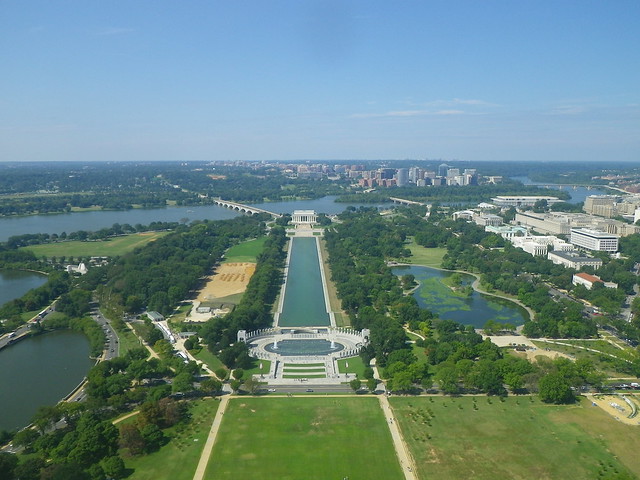
Watch out for the “free” Smithsonian museums! You get sucked in and suddenly it’s lunchtime and you’ve only seen half of the exhibits you wanted to peek at. That’s okay, because there are cafés inside all of them (some are better than others), but you’ll pay a hefty price for the convenience. If you plan on seeing an IMAX or two (Air and Space and Natural History, for example) or the Einstein Planetarium shows, it might be worthwhile to become a member and get discounted tickets. A membership offers a magazine subscription and gift shop and café discounts as well. Our favorite museums were Air and Space, Natural History and American History. We also liked the US Botanic Garden and the National Gallery of Art Sculpture Garden. Don’t miss the Museum of the American Indian; they have great exhibits for kids and a fabulous café with native food choices. Note that Arts and Industries and the Postal Museum are currently closed for renovations, and the new Museum of African-American History and Culture is still under construction (opening in 2015).
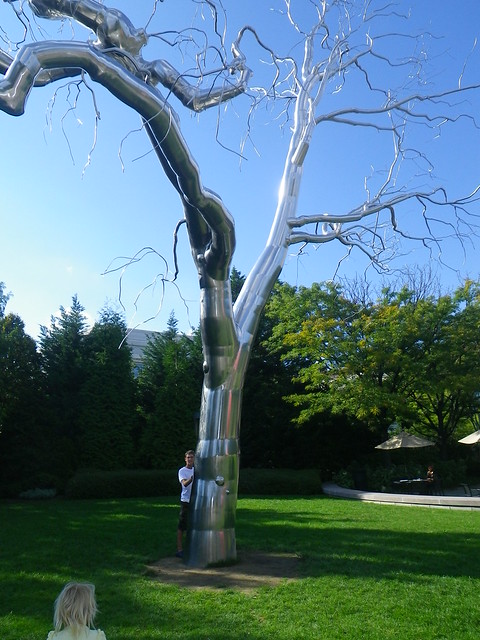
Closed for repairs after a surprise 2011 earthquake, the Washington Monument only recently reopened to visitors who want to take the elevator to the top for spectacular views of Washington D.C. Tickets for a time-slot are free, but must be acquired the morning of the day you want to visit. During peak times, tickets are hard to get and go fast. September appears to be the perfect time to visit (when the weather is on the cooler side) because the summer visitors are gone and the school groups haven’t started yet. Homeschool advantage! This is a not-to-be missed monument, named for the Father of our Nation, not the city.

A walk around the tidal basin will take you past the impressive Jefferson Memorial, Franklin D. Roosevelt Memorial, Martin Luther King Jr. Memorial, and the Japanese Lantern. Surrounded by ornamental cherries, the walk must be lovely in the spring, but we found it to be very long on a warm day and not for the faint of heart. We only made it half way, and thought we might rent Tidal Basin Pedal Boats another day to see the monuments by water. The cost is $22/hour for a four-person boat, but unless you are training for the Tour de France, you might find, as we did, that moving the boat requires a lot of hard work and they’re not nearly as fun as they look. It would take about an hour to get across the pond to the MLK memorial, but we turned around at the 30 minute mark so we could return the boat and get frozen lemonades at the refreshment stand instead.
Another not-to-be missed part of a trip to D.C., we enjoyed our walk to the Lincoln Memorial way more than the walk back. The length of that reflecting pond is staggering! A pleasant surprise on our way was the WWII Memorial. It had not been built the last time I was in D.C., and we found it to be a beautiful and thoughtful tribute to the men and women who served our country on all fronts. It lies between the Washington Monument and Lincoln Memorial, at one end of the reflecting pool. In that general area, you also find the Korean War Memorial and the Vietnam Veterans Memorial (on opposite sides of the pool). Plan a whole day to do this loop, and pack a picnic. Trust me.
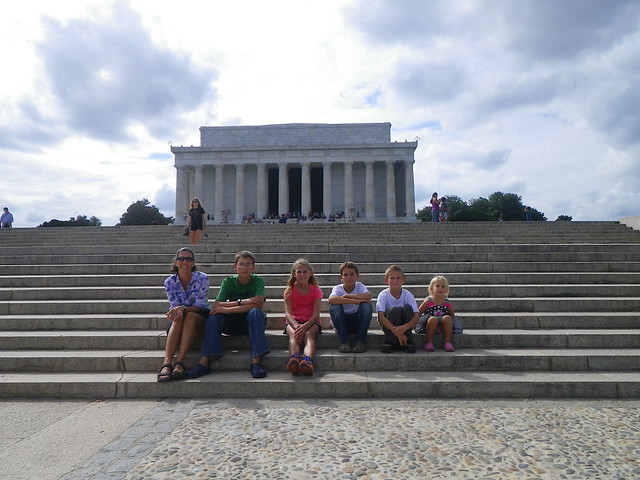
When you get tired of all that walking, or maybe if you’re pinched for time, one fabulous thing to do is take a ride on a double-decker bus which will show you all of Washington D.C. in a couple of days and let you off and on at all the major sights. We bought 48-hour tickets at one of the Big Bus Tours stops, and saw all of D.C. in two days’ time. Riding on the top level gives you a great view of the city, and the tour is narrated so you get a lot of back-story as you ride. We picked two places to stop each day, places we simply couldn’t have gotten to on foot. One day we had lunch at Union Station, an impressive building and a neat place to take kids, with lots of food choices. That same afternoon, we also made it out to Arlington Cemetery, and had enough time to see the eternal flame at the JFK grave site and the changing of the guard at the Tomb of the Unknown Soldier. For Arlington to be properly appreciated, it would take a whole day, but if you don’t have the luxury of time (or of a car), this is a great way to see part of it. The next day we visited the National Zoo in the morning (free as a part of the Smithsonian), and the National Cathedral in the afternoon. I don’t think I would have put the cathedral on my list, but am so glad we took their tour (not free). The sixth largest cathedral in the world, it rivaled anything I saw in Europe—the stained glass, ornately carved altar, lovely grounds, and guided tour made it a wonderful, off-the-beaten path stop. Note that Big Bus tour tickets also include a boat tour that leaves from Georgetown and passes for Madame Toussaud’s Wax Museum (where you will find all the presidents in almost-living color).


If you’ve ever wanted to see the documents that make our country what it is, the National Archives is the place to see them. Declaration of Independence? Got it! Bill of Rights? Got it! Emancipation Proclamation? Got it! Edison’s patent for the light bulb? Got it! Poster of Rosie the Riveter? Got it! That and so much more makes this a hidden treasure and a surprising favorite.
I remembered the fun tour of the Bureau of Engraving and Printing from when I was a kid on vacation with my family, and it hasn’t changed much. You only need to acquire the free tickets during peak season, otherwise, you simply walk in during their morning or afternoon tour times (homeschool advantage again). Tours run every 15 minutes, starting with a bird’s-eye view of money printing-presses and ending in the gift shop, where you can buy bags of shredded money that didn’t pass muster. I thought the most fascinating part was the exhibit on how bills have been changed to prevent counterfeiting.
The gang’s all here—within a few blocks of each other—the seats of the three branches of our government. You can acquire tickets for a free Capitol Tour through your congressmen, or through the Capitol Visitor’s Center (I booked online). Though a thorough and wonderful guided tour, note that it does not include passes to see the senate or house; those passes must be acquired separately. Guided White House tours are also up and running again, but once the kids discovered that “meeting the president” was not part of the tour, they lost interest. I believe those tickets are acquired through a congressman as well. Given more time, we would have taken the Supreme Court tour and gone to the Library of Congress, but one can only spend so much time on Capitol Hill before one needs to go home for a drink (or a nap…or both).
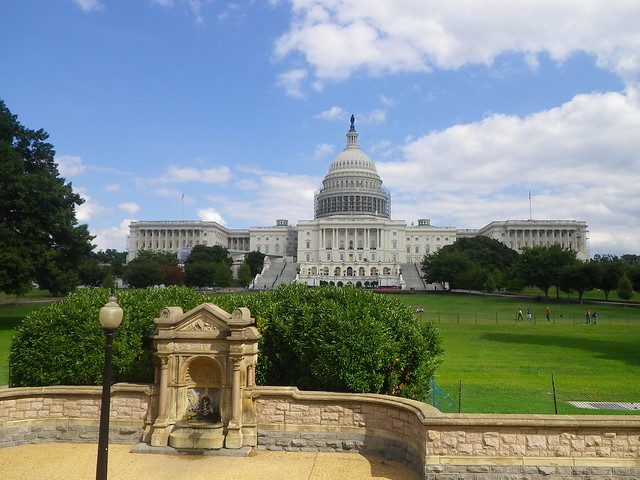
I cannot possibly detail all the field trips we took, but I can mention in parting that going out to the Air and Space Museum Hangar at Udvar-Hazy (by Dulles Airport) was totally worth the effort—they have the space shuttle Discovery, the Concorde, and the Enola Gay—just to name a few of the famous exhibits in the world’s largest museum. I can also say that although the Spy Museum is cool, it is expensive for a family, and the ticket price is wasted on smaller children (and their caregiver), who will not be able to enjoy the museum for more than about five minutes. Similarly, we decided that a whole-family outing to the Holocaust Museum was out of the question, though I have vivid and haunting memories of some of the exhibits from when I went there as a teenager. I would say 12 and older would be an appropriate age to visit. In conclusion, you must accept that you cannot possibly go to all the amazing places during one family vacation—we were there for three weeks, going somewhere almost every day, and still did not see everything we would have liked to see. Best to pick a few places that everyone can enjoy and take lots of good pictures for the scrap book!
